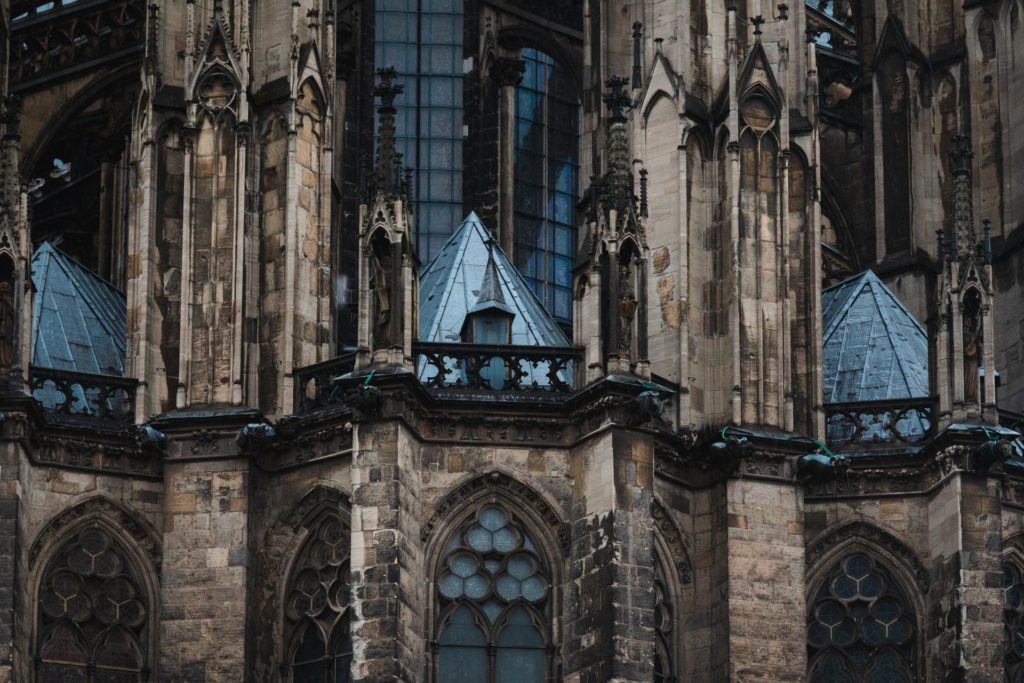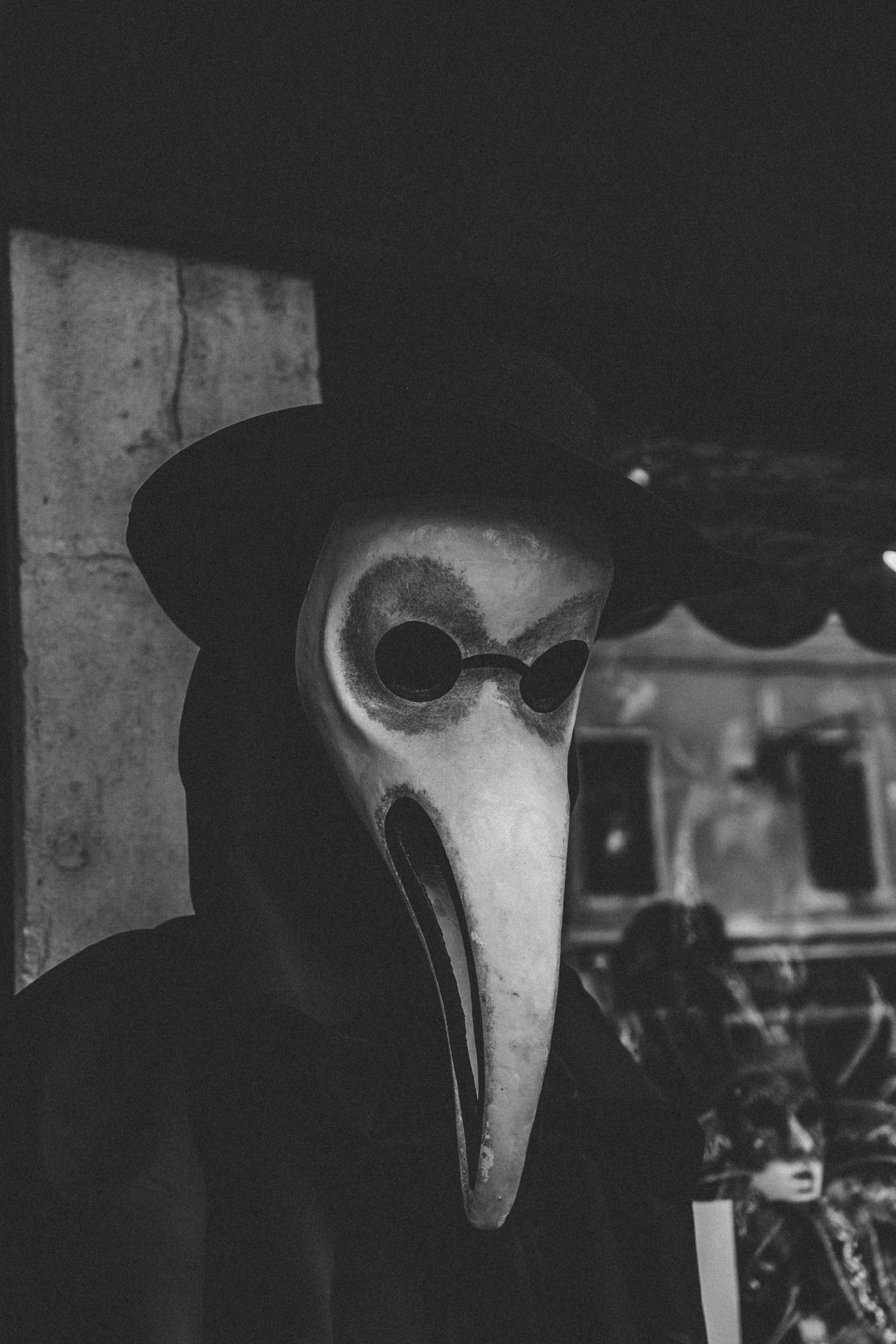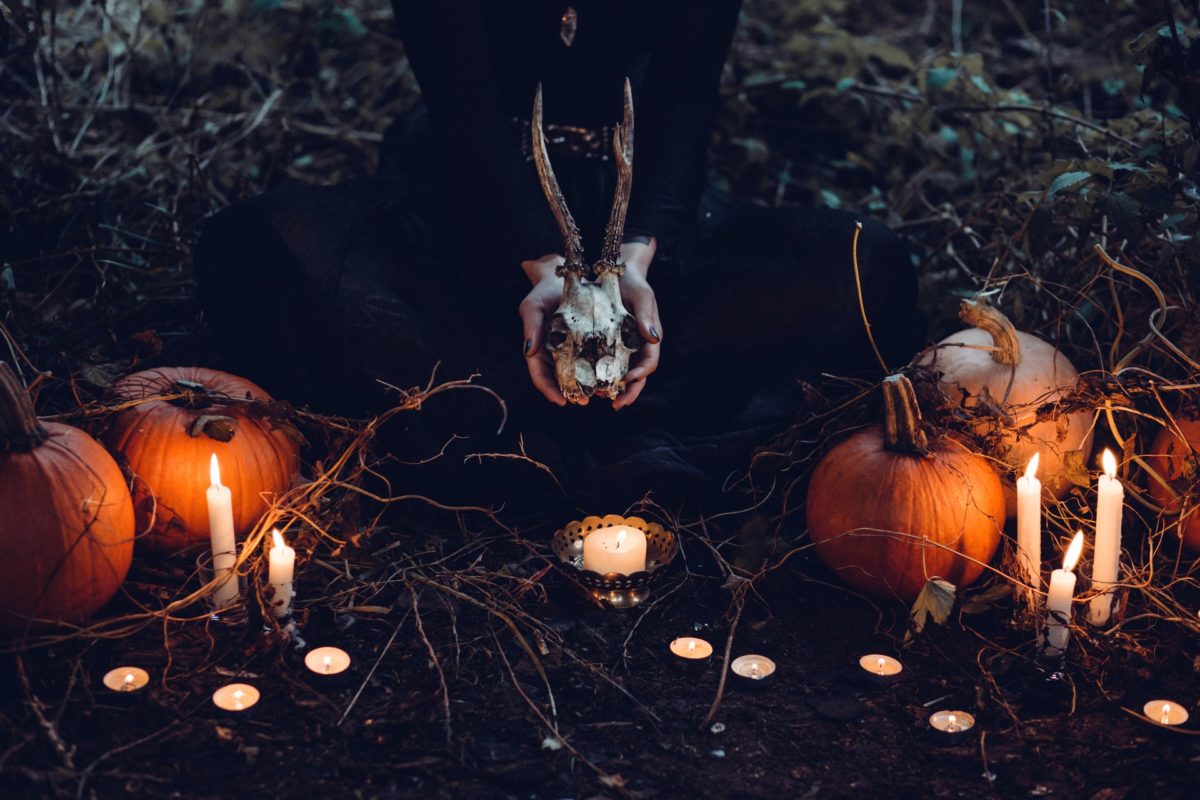When the topic of Gothic Horror came up during a chatroom discussion, I said I didn’t write it and as far as I know, I don’t read it. Then added, I am going to use Gothic Horror as a topic and I bet when I start looking into it I will discover that I have read it.
It turns out, I have been almost an avid reader of Gothic Horror. Wilkie Collins Woman in White is one of my favorites. And who hasn’t read Poe? The Picture of Dorian Grey, Dr. Jeckel and Mr. Hyde, Frankenstein for crying out loud. What was I thinking when I said I wasn’t a fan?
Let’s get on with Sunday’s Topic, Gothic Horror.

WHAT IS GOTHIC HORROR?
The battle between humanity and unnatural forces of evil (sometimes man-made, sometimes supernatural) within an oppressive, inescapable, and bleak landscape is considered to be the true trademark of a gothic horror novel.
Gothic Horror Explained: How it’s Different from Standard Horror
April A. Taylor
THE BASIC ELEMENTS OF GOTHIC HORROR
- Gothic horror seeks to suck the reader in with highly descriptive passages. If you get the sensation of being able to see, feel, touch, smell, and hear the story within the words.
- It’s also common for there to be at least some romantic elements.
- Gothic horror tends to utilize a central antagonist (usually in the form of a ghost or other supernatural entity) attached to one building, region, or person.
- Another standard template that’s been used in countless Gothic horror books is the mental and emotional decline of the main protagonist(s).

A Brief History of Gothic Horror by Amanda Pagan, Stavros Niarchos Foundation Library (SNFL)
New York Public Library
- Early novels in the gothic horror subgenre heavily feature discussions of morality, philosophy, and religion, with the evil villains most often acting as metaphors for some sort of human temptation the hero must overcome.
- In 1818, Mary Wollstonecraft Shelley’s debut novel, Frankenstein, marked a shift in gothic horror by changing the typical gothic villain from an evil man or supernatural creature into an physical embodiment of human folly, brought to life through the power of science.
- Edgar Allan Poe managed to condense elements of gothic horror within his short stories, starting in 1839 with the release of “The Fall of the House of Usher”
- The Victorian era (1837-1901) produced some of the most well-known examples of gothic horror with the publication of such novels as Wilkie Collins’ The Woman in White (1859) and Bram Stoker’s Dracula (1897).
- Although the genre was named after the gothic castles and crumbling medieval ruins so prevalent in early novels, many modern gothic novels have moved away from this traditional setting towards more contemporary locations.
This has become a rather long post, be sure to use the links to the full articles and maybe add a new title to your reading list.
Join us Sunday October 18th at 7PM EDT

